An unseasonal snowstorm flurries around us in Whitehouse. Big white dry flakes spiraling from the sky. Kalenda has flown in from Norman to talk to us about her family homestead, and only José, who by chance wore a jacket, is dressed for cold. Kalenda smartly pulls a just-bought sweatshirt hood over her head and we laugh about this weather spectacle. We thought Spring was on the way!
As Kalenda and I have talked over the last year about doing this interview together, I’ve come to learn why she offers such a unique leadership perspective as Director of the Black Homesteader’s Project, a collaboration between the National Park Service, the University of Oklahoma which is Kalenda’s home institution, and the Center for Great Plains Studies at the University of Nebraska at Lincoln. Born and raised in northern California, Kalenda’s grandmaternal ties are in East Texas and Oklahoma, including family land remaining in East Texas where we do our interview. Every other year, she tells me, the larger family returns for a reunion to this land, some 100 people commemorating family legacies.
“Land ties tend to be more real than the personal ties in my family,” she reflects. The land where we meet has been in the family well over a century. As a legacy of place and space, what a rarity in African American history. “To be able to point to a place and say, ‘my people have been here for this long,'” she pauses looking around us on this snowy day, “It’s significant.”
Three Acts . . . the shape our conversations take.
Act One is us on the land and hearing about communities it built and supports today. Kalenda is the family historian, its “djeli” or storyteller. We talk about Freedom Colonies through Texas, and how they fashioned autonomous spaces for black life, as did the all-Black towns, for instance, in Oklahoma. Whitehouse was not a Freedom Colony, though, its ethnic histories were mixed. Act Two is a walking tour of the lovely hilltop Antioch Cemetery, affiliated with the Whitehouse Church of God and Christ, which has been the family church for generations. We have passed under an archway of wrought iron and, from the hilly mound, pay respects to family and visit headstones and tended graves surrounded by pine trees. Act III reflects on womanism, feminism, and being from the West . It’s conducted from inside the van, heaters on full blast, us contentedly shutting out the flurries.
What I conjured, before we meet up with Kalenda in Whitehouse, is the popular phrase for this place, “behind the piney curtain.” The phrase refers to the “curtains” of pine woods distinguishing the region, but also its reputation as an enclave of white supremacy, a transition space leading into the Deep South. Many white students come to Rice from places like Tyler, close by, and they can find not one good thing to say about home. Listening to Kalenda’s family histories reorients that over-broad stereotype. If one is thinking this place of Whitehouse is only “behind the piney curtain,” think again.
For Kalenda’s full bio, see here.
Act I: The Land, The Where of Here.
Kalenda
We are in Whitehouse, Texas, on a portion of the land that my great, great grandfather owned and passed down to one of his daughters, Amanda. Eventually it came to her daughter, and other children. Pauline, cousin Polly, was my grandmother’s first cousin and now it is in the hands of cousin Pauline’s children. This portion of the land and the house is in front of the tracks that are governed by my branch of the family.
The clearing, behind cousin Polly’s house and now cousin Carol’s house, used to be all woods. Our branch of the family tree has over 30 some odd acres of forest remaining. It was passed down from Papa George and Georgia Ann to Hazel, who was their first child, to Clara and Annabelle and Gordon. And then once Annabelle and Gordon passed away, it was passed down to Clara, who was my grandmother. And then she passed it down to her four children, and those children are passing it down to us.
The land we’re standing on right now has been in our family since the 1890s. I’ve always felt it to be very significant. Probably because I am a scholar of African American history and culture, but even aside from that, to be able to point to a place and say . . . “my people have been here for this long,” it is significant. It’s much easier to do in Native American Studies, right? And Chicanx Studies and Latinx Studies and all various other histories. But when it comes to African Americans – because of the history of slavery in the United States and also problems with predatory lending, redlining, and land being taken away due to gentrification – not many people can say this is property that we’ve had for so many years.
I also think about space and place as it relates to Indigenous stories. Especially because as a descendant of people who were able to take advantage of “land,” right? Not the same sort of term that they use in Oklahoma, “free land,” but land that was not originally their own. I always, think about those connections. I remember a story my grandmother told me about when she was very young, growing up down here. Every summer, the Indians would come to the land, she told me. And Papa George, her grandfather, would let them do their ceremonies on the land. She remembered growing up and watching, seeing from afar, and that Papa George made sure that they had access to the land. She didn’t know at the time what was happening or what was going on. It was probably a powwow. But that story always stayed with me, because there was an understanding and connection that he had, in terms of the importance of this land and the sacred nature of the land and space. He was allegedly affiliated with the Choctaw. Maybe a Freedman? And there is a family picture with my great-great grandmother wearing textiles attributable to a Native tribe, but the stories diverge and in the end, whether or not he actually was a Choctaw freedman, we don’t know. Even so, there was no question, that Indigenous people could come back to the space. Wherever it was.He owned a lot of land around here.
Krista
We passed Caddo mounds on the way here, perhaps they were Caddos?
Kalenda
It could have been, because this area, outside of Tyler, you have the Caddo Nation. Could have been. I don’t know. And my grandmother was too young to really know. She observed, but children were to be seen and not heard, she couldn’t ask too many questions. It was more of: Oh okay, I know that this is what’s happening.
We are on a very community-based space. Cousin Carol has cameras on the trees now because no one was living here for a long time. She lives in Houston. Before her nephew moved in, people were squatting on the land. So she has surveillance.
During its heyday, the space provided for building Whitehouse. You saw the sign, George Taylor Road. Papa George was a very important contributor to the growth and development of Whitehouse. In 1900, he donated some of his acreage to build Mt. Elam Baptist Church which used to be out here in the “country,” but moved within the Whitehouse city limits in 1983. There are a lot of farmers who helped build Whitehouse and he was one of them. It’s interesting to think about this fact in terms of the land and all the Freedom Colonies throughout Texas, and how the Freedom Colonies and communities throughout southern, central, and northern Texas were able to fashion some sense of autonomy. In the same way that you have the all-Black towns in Oklahoma.
You have several Freedom Colonies that are around, and in Smith County. We’re in Smith County now. But Whitehouse itself wasn’t one, as far as I know. It was mixed in terms of ethnic groups. But several around here were all Black, with churches and schools and what have you.
Krista
Professionalized.
Kalenda
Right, exactly. And they worked with people who were farming in the area, and were major contributors to development, progress, and growth. Attempting to establish confidence among the next generation, right, but also a legacy.
I think about George Taylor related to building the local community. He was also instrumental in starting a community school for local Black children. In his own family, he was very focused on making sure that all of his children, and especially the girls, were educated. He made sure that everyone had an equal distribution of land, of opportunities. I won’t say never, but he was not known to put restrictions on his daughters. So they became these willful and adventurous, phenomenal women. Coming out of an environment where they had not been made to feel as if they could not do whatever it was that they would like to do. If we think about the heart of feminism, he definitely was a feminist of his day.
Ok, I will show you the cemetery. Are you okay being at a cemetery? Some people don’t like to go to cemeteries.
José
I’m okay. For sure.
Krista
I’m familiar.
Act II: CEMETERY
Kalenda
I just wanted to show you something. I didn’t have a plan. Um…
Krista
Tell us where we are.
Kalenda
We are . . . [chuckling] Every time I talk to you, I feel like it’s “This American Life.” [Kalenda and Krista both laughing].
Where are we? I’m trying not to fall in a hole here, Krista, that’s really my main goal. [laughing]
Okay, so we’re at the Antioch Cemetery, where all of my family on my mother’s side, the majority of them, are buried. This cemetery is affiliated with the Whitehouse Church of God and Christ. A lot of the members and families who live in Whitehouse and attend that church are buried here as well.
Krista
It’s a hilltop cemetery. Surrounded by pines and you come through a beautiful wrought iron archway that says, “The Antioch Cemetery.”
Kalenda
Yes. The land that we just left, the family property, belonged to Pauline Pettigrew [gesturing to gravestone] — right there. Cousin Polly. And her husband.
Krista
1916 to 2004. Wow. A long life.
Kalenda
Quite a long time. The large pieces here, these belong to the infamous George and Georgia Ann Taylor.
[gesturing] This is Gordon Ervin, my grandmother’s brother, who was killed in a motorcycle accident. My uncle Gordon is named after him . . . Aunt Annie is our lovely wild one, who eventually lived in Los Angeles. That’s her over there. Annie Burrell, and her brother Daniel Culberson. He had several children.
This here is my grandmother’s mother. I’m sorry, grandmother’s sister, Annabelle. And her husband Henry. She met Uncle Henry in Oklahoma and they moved to Los Angeles.
I’m trying to find Hazel, where’d she go? Hazel’s here somewhere.
Krista
Daughter of Hazel Taylor.
Kalenda
You see Hazel Taylor?
Krista
No, Daughter of Hazel. I was just commemorating . . . the lineage.
Kalenda
Oh, yes. Yes. Actually, yes. I’m trying to find her, she’s disappeared. Some of these are, you know, over time. . . harder to find.
Yes. Because she was the first daughter. She’s the first child. She was very, very important. You see these last names like Ervin. My grandmother’s last name, her maiden name is Ervin. So you have the Ervins who live out in this area, the Pettigrews, these are all people who are relatives by marriage. There are people who live in the community, the Ervins, the Pettigrews, the Smiths, um.. I’m still trying to find . . . it’s a pretty clear headstone. She should be over here because…her children are here.
Where’d you go Hazel?
I have a picture of her headstone, and I’m thinking it might be covered up, because when it’s not muddy, and you come out here, you can see it clearly. Our cousins come out and take care of the cemetery, and clean off the headstones. Um, I don’t know, I think it’s covered up. Yeah.
And I have it. [laughs]. Here it is with the flowers. I was gonna say I have an image of it. Yeah, born in 1888. This is my great grandmother, Hazel Taylor Chavez, if you notice.
José
(Admiring). Yeah.
Kalenda
As I said, several of the women were married more than once, well, my Aunt Cassie was married five times. My great grandmother married three times…
José
Wow.
Kalenda
Yes, #3 was a Mexican laborer living in Tulsa. So, Hazel Taylor is the maiden name, but she was Hazel Taylor Ervin, that’s my grandmother’s father Mitchell Ervin. And then Hazel Taylor Robinson. That was Mr. Robinson, husband #2. Mr. Jack as they called him, he was from Oklahoma. And finally, Hazel Taylor Chavez. And she was married to Macedonia Chavez-
José
Macedonia Chavez?
Kalenda
When she passed away, yes.
Krista
Macedonia.
José
Huh.
Kalenda
[chuckles] Yes.
Krista
[Looking around] This is definitely a hilltop, a view in all directions through the treeline.
Kalenda
You know, you learn so much with [chuckles] gravestones. I never knew that George Taylor was a mason. Until you see the gravestone, and you come to the cemetery.
José
Oh that’s right, there’s a masonic sign right there. Wow.
Kalenda
Yeah.
José
He’s on some masonic roll. At some point. He signed in. Wow.
Kalenda
Yeah. That’s something I never knew until I came to the cemetery. Yes. There are a lot of other relatives out here. But these are the ones that are relevant to my lineage. My Aunt Cassie Brooks should be out here, too.
ACT III – In the Van
Krista
The “where of here” now is inside our van in Antioch Cemetery. We’re so happy to be warmed up, around the heat!
We’ve been taking a journey to various parts of your family history and your relationship to place and to land and you’ve told us a fair amount about the way in which the legacies of George Taylor were very favorable to his women-children. Let’s talk about the terms of your relation to place and to land and feminism or womanism – a term you use in your scholarship, and feminist theory, Black feminist theory. It doesn’t have to be a “theoretical conversation,” but I about the journey we’ve just made, how it’s a womanist journey?
Kalenda
Womanism is a distinguished term, and what it means for those who still use the term, a lot of people don’t still use the term. . . but I use the term in scholarship. I do not walk around saying “I am a womanist,” but I will use the term when I am speaking about the ways women of color, or specifically African American women, are empowering not only themselves but also the entire community. That’s not to say that feminist politics are not community focused, but when we think about feminism, whether it be Black feminism, or any type of feminism, it is focused on inequality and the rights of women, empowering women, making sure that women’s voices are at the fore. When we think about womanism, it is all of those things, but I mean the ways that both men and women and children and whomever else, elders, can be uplifted, protected, loved, cared for, through this very, female driven or woman driven politics, not necessarily woman-centered. Women are central and important, and are kind of key figures in this longer story as it relates to place are defined by their feminism, I would say that. All the people that I’ve introduced you to, whether it be their final resting place, or stories about them . . . their actions, these wonderful narratives that we have, are connected to how they saw themselves outside of restrictions that might have been placed upon them as women. They saw themselves outside of the traditional role of wife, right? We joke in our family a lot about that, that Aunt So-and-so was married five times and this aunt was married three times, and this one married four times. If we think about the late 19th and early 20th century, to be divorced, and the stigma of divorce, and then to get married again, and then divorced again. Or marry whoever you want to marry across ethnic lines. There was a lot of female-driven action that these women were taking, in a traditional feminist way, when we think about the definition of feminism.
Krista
As focused on women’s liberation, women-centered liberation?
Kalenda
Yes.
Krista
So the legacy isn’t “respectability?”
Kalenda
No. It’s funny. It’s not respectability in the way in which we think about “respectability politics,” or not allowing for willful women. But definitely respectability in terms of . . . there were rules about how a proper woman should act outside of their marital situation. For example, my grandmother tells stories all the time about how her mother would never let her go to the school dances, she couldn’t do any of that, right. The church was very important and very central to the family. If you had any kind of social time, it was in church, right, that’s it. At the same time, you had contradictions. Not necessarily in the definition of “loose women,” but the association of respectability with not being a divorcee wasn’t there. Definitely there was looking a certain way, acting a certain way, carrying yourself in a particular way, being cultured. All of that was a part of these women’s lives even as they were numbers runners, and doing all sorts of things [laughs]. I like that because it brings us to all the different nuances and the diversity of womanhood, diversity of women’s experiences and women’s histories. It’s not just respectability politics versus “the blues women.” Or church women, or club women, right? You have bits and pieces of that making up these women’s experiences.
Krista
Can we say a few things about the West? About your sense of how having a western history or identity was influential in the kind of women they were?
Kalenda
Going back to the last thing I said about how you have a little bit of this, a little bit of that and it is still okay . . . I always identified that diversity as a result of being Western women. The understood role of women during these periods tended to be aligned within a particular binary. You’re either one or the other type, right? The West as a space, of course we theorize this as contested space, fractured borders, but if we generalize it, the West as a space, it doesn’t fit easily into our understanding of American history. It doesn’t fit easily into the narrative understanding of American history. People would like it to.
Those who don’t include Mexican American history, don’t include Native American history, don’t include African American history, Asian American history, when they’re talking about the early West. They would like it to fit neatly into a very static Manifest Destiny idea of frontierism, even still today when we know better. But if we’re going to get into the weeds and go deep into what the West actually is, it’s anti-American in terms of that particular American narrative. Because of that, the sorts of liberties Black women who were living free in the West could take, those liberties can be almost endless. That doesn’t mean there’s not racism, doesn’t mean there’s no gender discrimination. We know that there’s a long-standing history of enslavement in the western spaces, right. But there are also other realities, other narratives that can be told and ways in which people live their lives, sometimes in spite of and other times as a result of their surroundings.
When we’re talking about the women in my family, or I think about Black womanhood in western spaces, I am always thinking about that people are able to do certain things because of what I would say is a narrative that fits outside of ”America’s” definition of exceptionalism.
Krista
So where do you think these women got it, where did they get “the West?” Was it popular culture? A way of talking about things? Did they read dime novels? Was it a form of “Go West Young Man,” in the air, and everybody had that feeling about the West as a space of alternative social order?
Kalenda
It was part and parcel of who they were from birth. They were, they are from the soil. From the 1880s-on generation, they were people who were born and came from the space. It’s very different than those African Americans who have emigrated in, from the south, right. Or those who are emigrating into Oklahoma Territory, or who were freedmen living in Indian Territory after being emancipated by the tribes. That’s a different conceptualization of the West.
Krista
They were inside it.
Kalenda
They were inside it and it was inside of them. And that allows for the willfulness, this is all they knew, right? This open space, land that you see around you, that’s all they knew. Running out barefoot into the grass, it’s a cliche, but you know what I mean. Yeah, the horses and the cows, which doesn’t necessarily mean it’s West, that may just mean rural. But the space is how they came into being, how they knew themselves. That story, and not just in my own family, often gets missed, right? Because it’s usually, “we’re people who came in from other places in the United States and then tried to make our way.” And then they become a part of their environments over time. Or thinking about Stegner, who says no, they never do settle they just move through, you know, are always nomadic. What I am saying about my family is very different than that.
Krista
Can you think about living your womanism, or feminism in relation to place? Maybe as a kid, some precursor story to who you became?
Kalenda
Especially as it relates to place consciousness, I would move us outside of Texas to Vallejo, and the San Francisco Bay Area. I am from northern California, as you know. So I think of the Redwoods and Sonoma County. I think about as Carolyn Finney’s Black Faces, White Spaces, and she talks about this contentious relationship between African Americans and the natural environment. There are other different essays that have popped up over the years about people of color not feeling welcome, in National Parks.
I always had a totally different experience. The opposite experience. My mother was very good about us hiking in the woods, skiing in Tahoe, or better yet “falling” in Lake Tahoe. We were always out and about in nature. Or in very specific western landscapes. Redwood trees. Muir Woods.
Those are my childhood memories. Being very close to the land, but also in the ways in which I could see my little small self as a speck in the great expanse of a wonderful natural environment. We didn’t have to go into the woods, we could just go to hike, we had a waterfront, in the city where I grew up, with the naval base across the way. We would go out to the waterfront, and go walking. If I just think about my grandmother, and she’s coming from this space in the southern Plains, but always outside, outdoors. She did a lot baking and other things indoors, but she had beautiful vegetable gardens and rose gardens, and, my hands were always dirty and in the mud. I think about my childhood, and me laying in the grass and . . . I thought the lawn was so large, Playing with little dandelions or whatever little things you know.
Krista
You didn’t feel Other. You felt: this is mine, too. I belong here.
Kalenda
There was never any moment, I guess, to make me feel otherwise. I never had an experience early on where it was like, “oh, this is not your space.”
Of course! We were always going out into these spaces! That’s not the same experience that most people have or that a lot of people have.
Krista
How does that link to womanism or feminism for you, or a sense of females . . . however you would define that?
Kalenda
It relates definitely to women’s space. Definitely women’s spaces and women understanding or taking on this natural space as their own. Because the women were always the ones taking me to the spaces and taking our cousins and other people. You know what I mean. It’s not like I was going hiking with my uncles. And so, without trying, without sounding like I’m being essentialist, like “oh, women in nature and Mother Nature,” there really was, in my experience, a strong connection between an appreciation of land and landscape, nature and environment, that came through the eyes and actions of the women around me. One could argue that might be a feminism unto itself.
Krista
Would you argue that?
Kalenda
Why not?
Krista
So, your early memories of being embodied with other women outdoors are a foundation of Western identity, and a womanist…?
Kalenda
Yeah, we would go walking. My grandmother, myself, my mother, it would be multigenerational. In the state parks, go for drives in Napa Valley. Going up and down, just to be out there. I mean we weren’t going anywhere in particular.
José
One thing that strikes me as different is the various geographic locations of your family story, and you as a family storyteller. The maintenance of different geographies, but the sameness of family. Something like that. Things seem to be so networked. So it’s more of a commentary. I don’t know if you want to do anything with that? But it seems unusual, it’s not just that it’s rich. I haven’t I haven’t come across that kind of formulation.
Kalenda
A lot of it is tied to a national story of Black migration, you know, movement. Migration and settlement. I won’t use the word peripatetic. But it’s movement that’s intentional, and not a result necessarily of displacement. This is kind of another story, right? So you have, of course, the pushing out and the exile, whatever you’re running from, racial terrorism and what have you. But then you have these other stories of people who are just saying, you know, Let’s venture out, let’s see.
Agency, a form of agency. When we’re thinking about western spaces and the network you that you are speaking of, there really was a network of people who went from Texas to Los Angeles, or from Texas to Oklahoma, to other parts of California. Whether as a result of the war and working in the shipyards, there was always this call for people to come work in the shipyards. All of this, whether or not they actually did work in shipyards, was connected back to other parts of the Western space. Even when I was growing up as an only child . . . My grandmother’s friends. . . I was the youngest at the time, and for most of my childhood into teenage years, the youngest grandchild. I was always at my grandmother’s house, my grandparent’s house, I should say. She was very active and all of her friends, right, were from all of these other places. So there were connections . . . kind of, generationally. Like, my friends, their aunts and uncles and grandparents, were from other parts of California or Texas or, again, Oklahoma, and there was always a sense of them being in both places at once (where we were and where they had come from).
Krista
It was normative, the transregional-
Kalenda
Right, yeah, And of course, you’d have those connections to the deeper, deep, deep South too, But that understanding and feeling of what it meant to be a part of the region was something that was very normal. And it wasn’t until I went to college in the south, Deep South, [Dillard University in New Orleans] that I really understood that this was something else. That what I used to was not necessarily what everyone was used to in terms of how one defines themselves regionally.
Krista
So when you think of being from Texas, you don’t think of being from the south, you think of being from the west. Is that right?
Kalenda
Yes. That’s always the [laughs] the debate with Texans, because it’s like Southwest, West, South, you know.
Krista
Right, but I’m thinking of you.
Kalenda
I definitely associate with being more Western, I think because it’s not Houston, you know what I mean, like the people I know, from Houston, and my friends and others that I know identify themselves as southerners in ways that people from other parts of North Texas don’t.
Krista
It’s so interesting. What triggered the thought was the New Orleans link. Because, Texas is a slave state. It’s the only state in the West-
Kalenda
Well do you not count Oklahoma?
Krista
Okay, Oklahoma, right. But then both of them?
Kalenda
Yeah. it also a larger commentary on how we define Southern and do we define southern only in terms of enslavement, because if that’s the case, then Delaware is southern, right? People were enslaved in Delaware, they were enslaved in Massachusetts. We can still be Western, and be a slave state. Both can exist. Just like you can be Northern and be a slave state, right.
Krista
I’m absorbing this, it goes against the grain so much –
Kalenda
That’s everything I’ve been trying to say! What I do in my work is troubling the line not for the sake of, you know, being controversial, but because I find that there’s a very narrow way of thinking about these experiences. Because it makes it easier, right? To kind of say, Oh, well, this is what’s happening here. This is what’s happening there. These are the experiences of these people.
What do you do about all these others here? And what do you do about those who fit outside of this geography, or who fit inside geographically, and fit inside in terms of kind of the scholarly definition but fit outside in terms of the way that American history wants to define things? What do you do with that group? Are they no longer Western?
José
It depends who’s writing the story, right? If it’s Governor Abbott in Texas, and he wants everybody to forget Texas was a slave state then you don’t want to forget that. Right. But if you’re trying to tell a story like you’re telling, your story of emigration with an e not an i is the one that is counter to the typical Anglo American emigration where the movement is always West to some finite point, right. If you have to go back, there’s something wrong. But in your story, in your community’s story, maintaining the homes, and the back homes, it’s not a problem, right? Because they’re alive, back homes are alive, but in typical Anglo American westernness, those back homes are left behind for something “better.”
Kalenda
When you first mentioned the project and described it, what popped in my mind were these women that we’ve been talking about today. It wasn’t necessarily myself, right? It was actually these women, and the ways in which I’ve always regarded them as prime examples of what feminism looks like, in a western context. And so to answer your question of what I would like the project to be: first of all, I think that what it is already, what you’re doing is phenomenal, is great.
In terms of what I would like it to be, just a way to open that conversation up more. And I think that’s what you’re doing with all of these different perspectives and narratives. You start to kind of redefine or maybe define, what the theoretical framework is, if you’re working on a particular way of understanding a pre-existing understanding of what a feminist West is. Or you are you thinking about defining what that could mean? But if it’s the latter, I think that’s definitely going to be beneficial not only to scholarship, but to the public in terms of public history and in capturing these oral narratives, and voices.
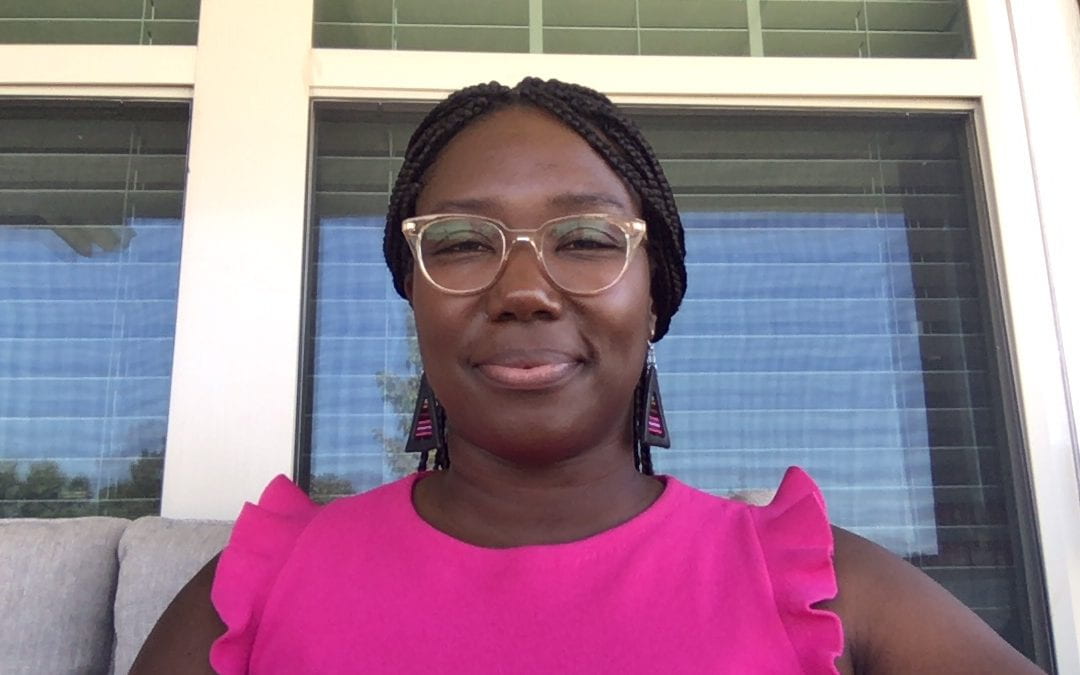
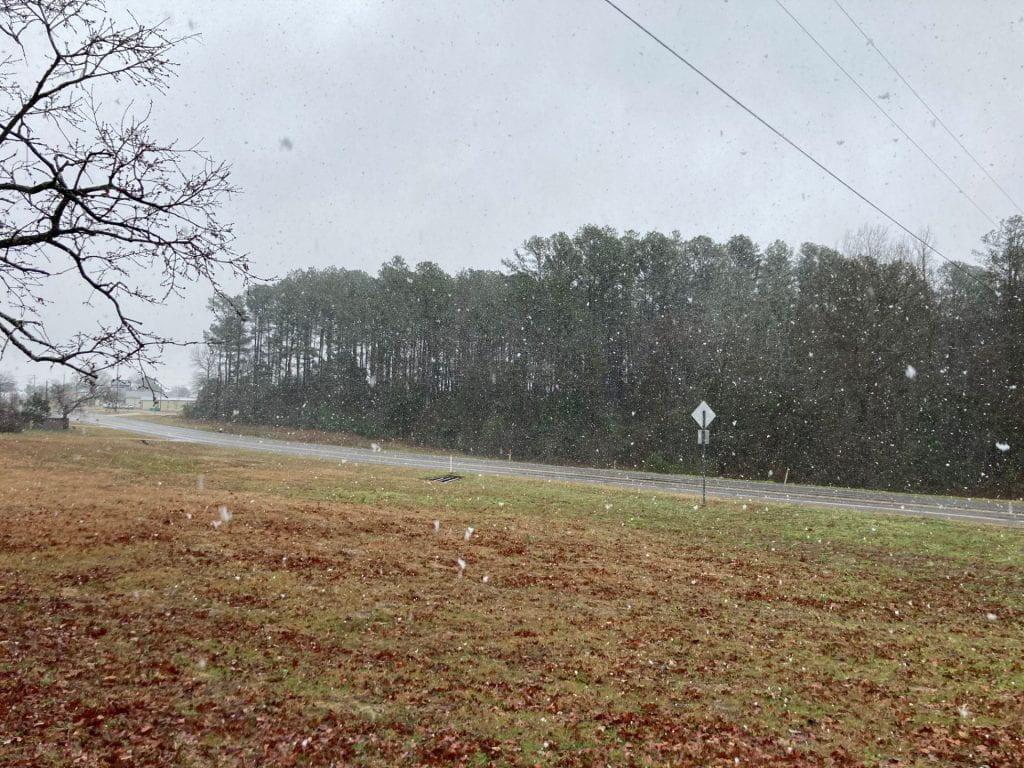
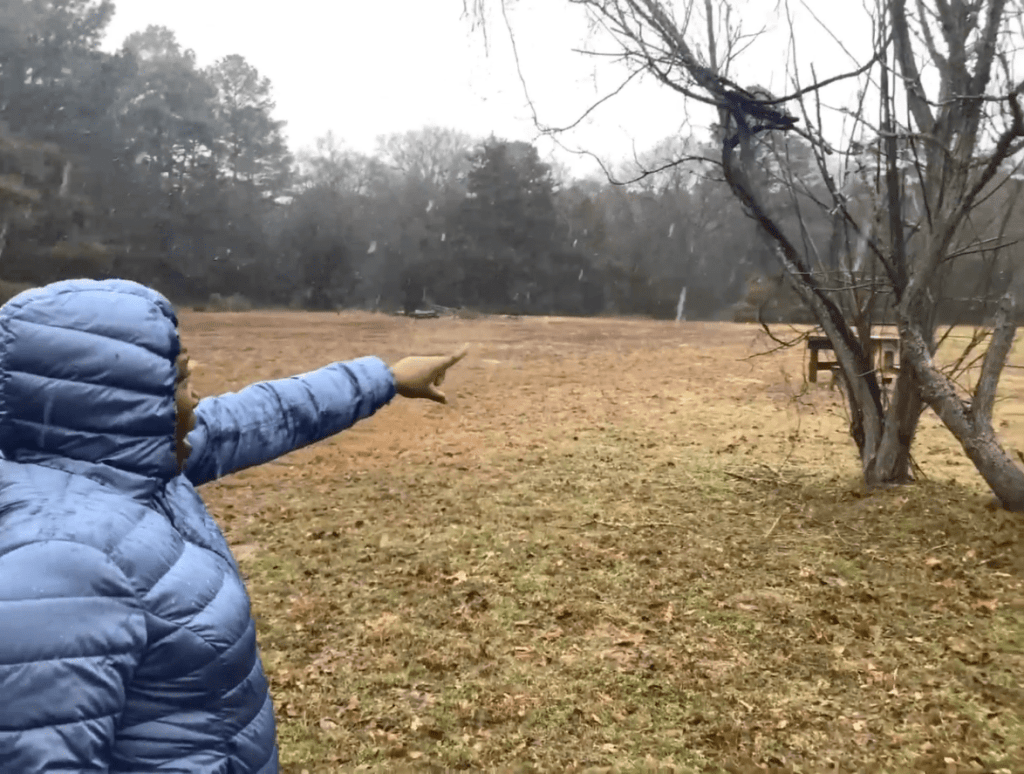
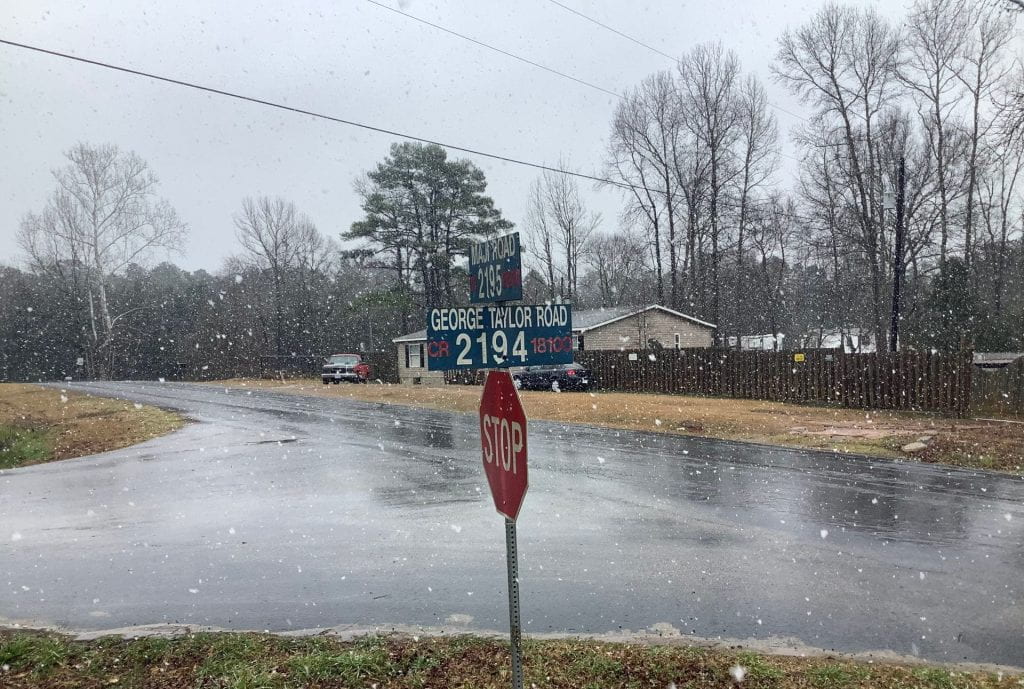
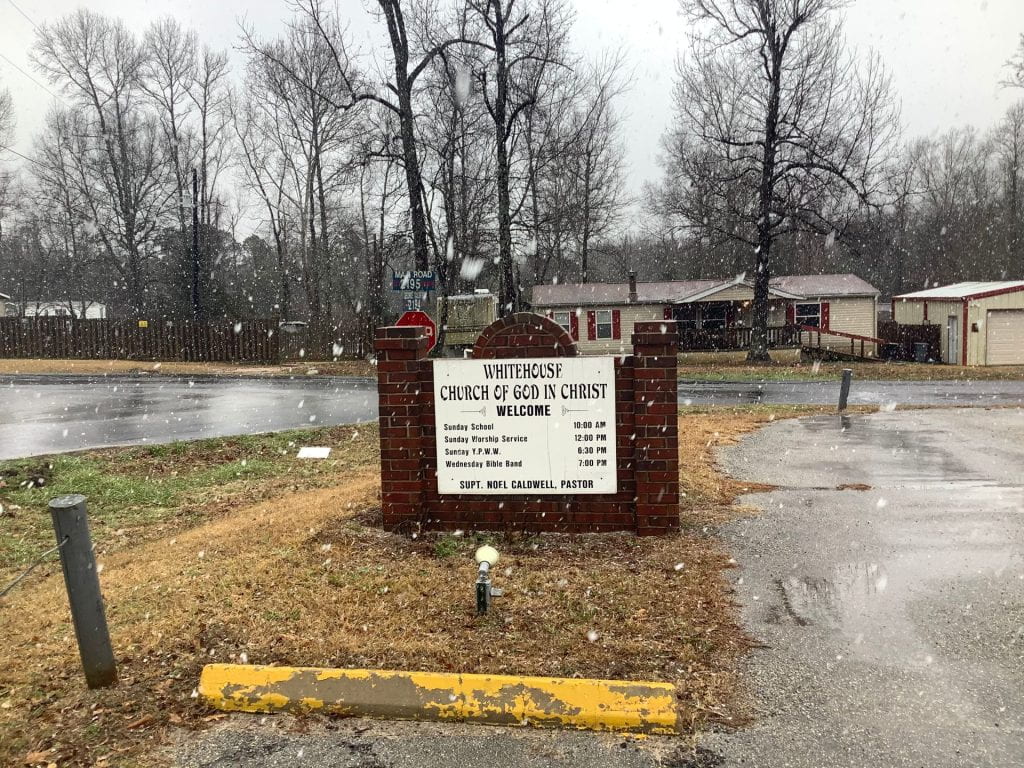
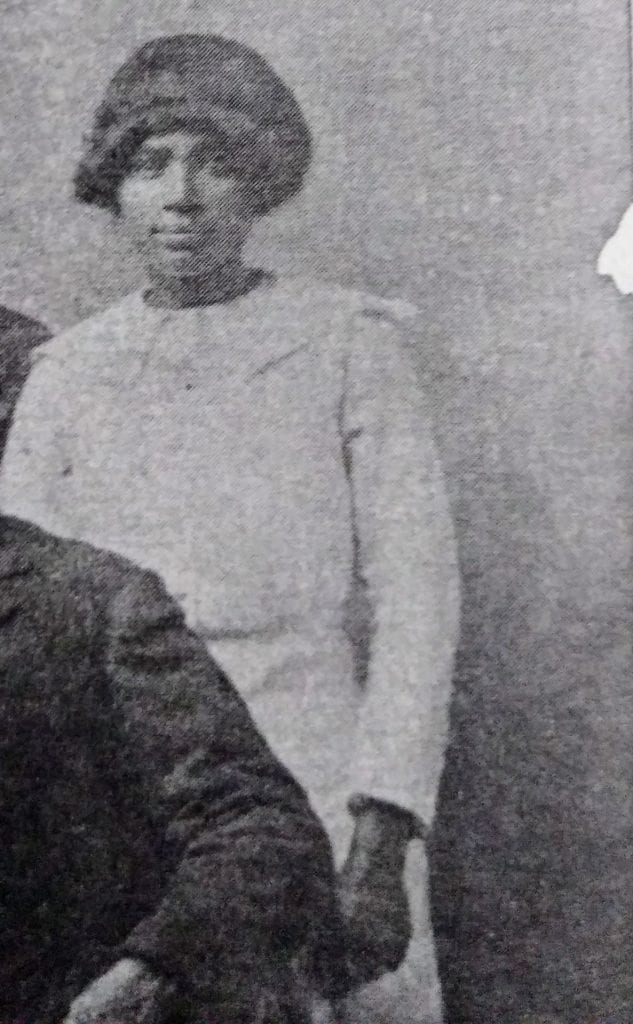
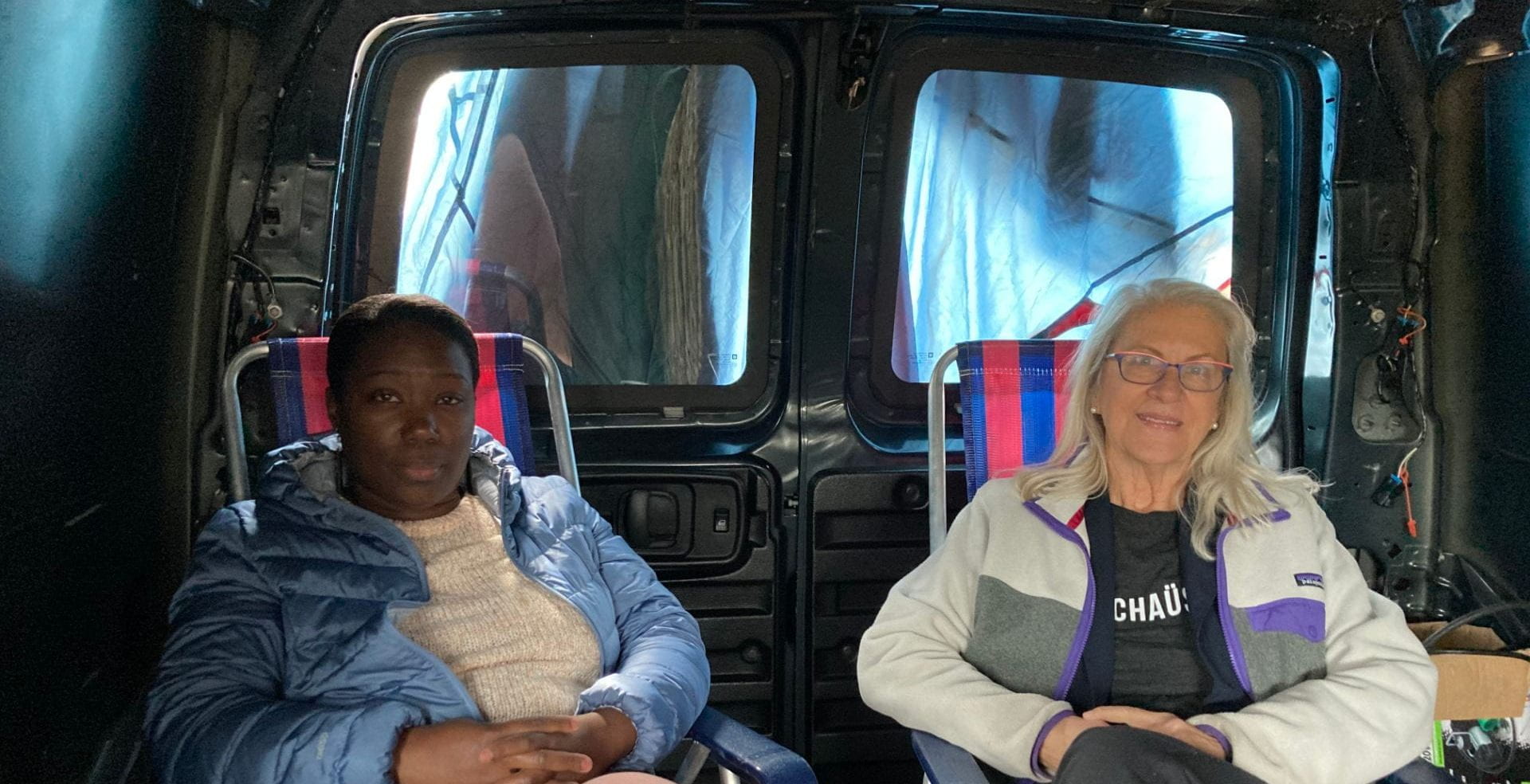
So interesting, i would love to know more and see pictures as well! This is my family, Daniel Culberson is my great great grandpa, and robert L taylor one of his” Many kids” lol was my grandpa, and craig taylor is my dad. I hope to hear from you soon with more history, photos, and ofcourse family reunions/events. I felt like i was just on this earth with no family history, and come to find out we have a whole history book! Thank you!